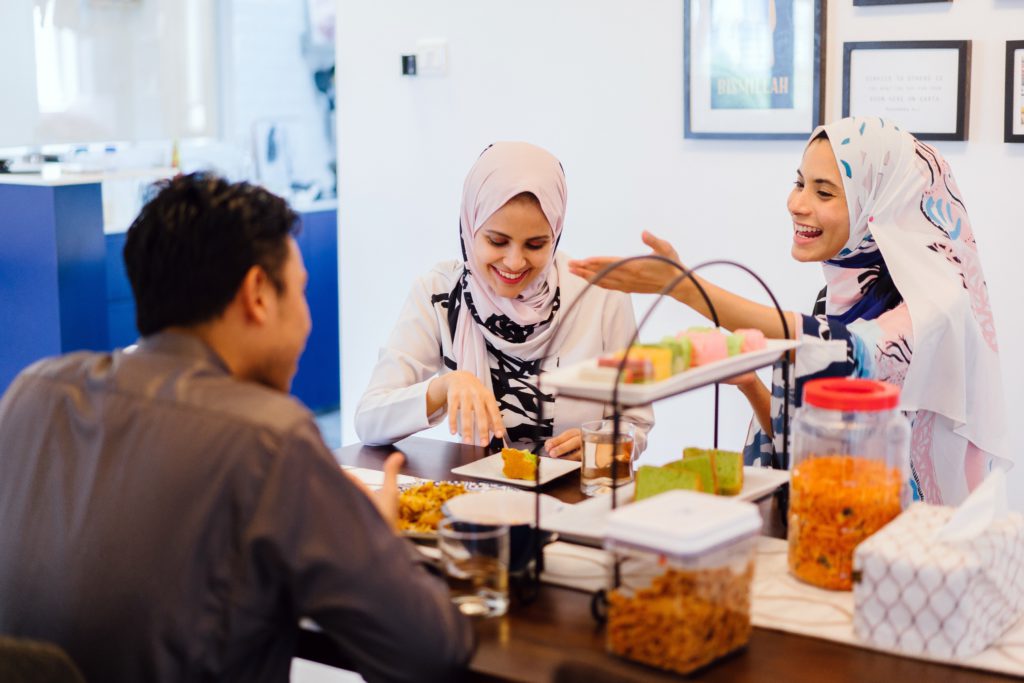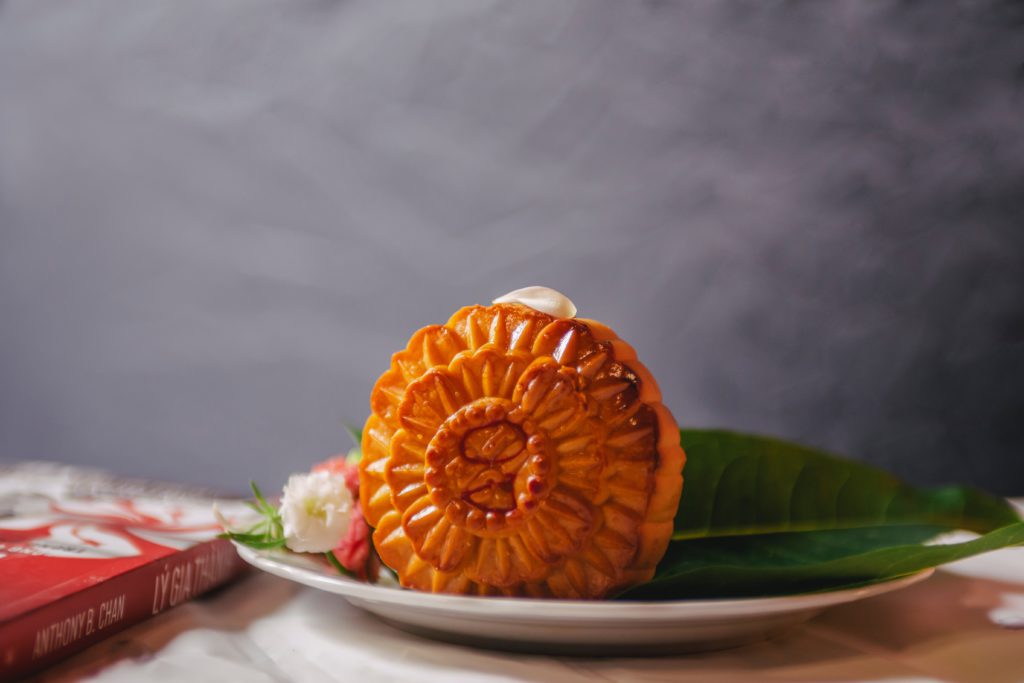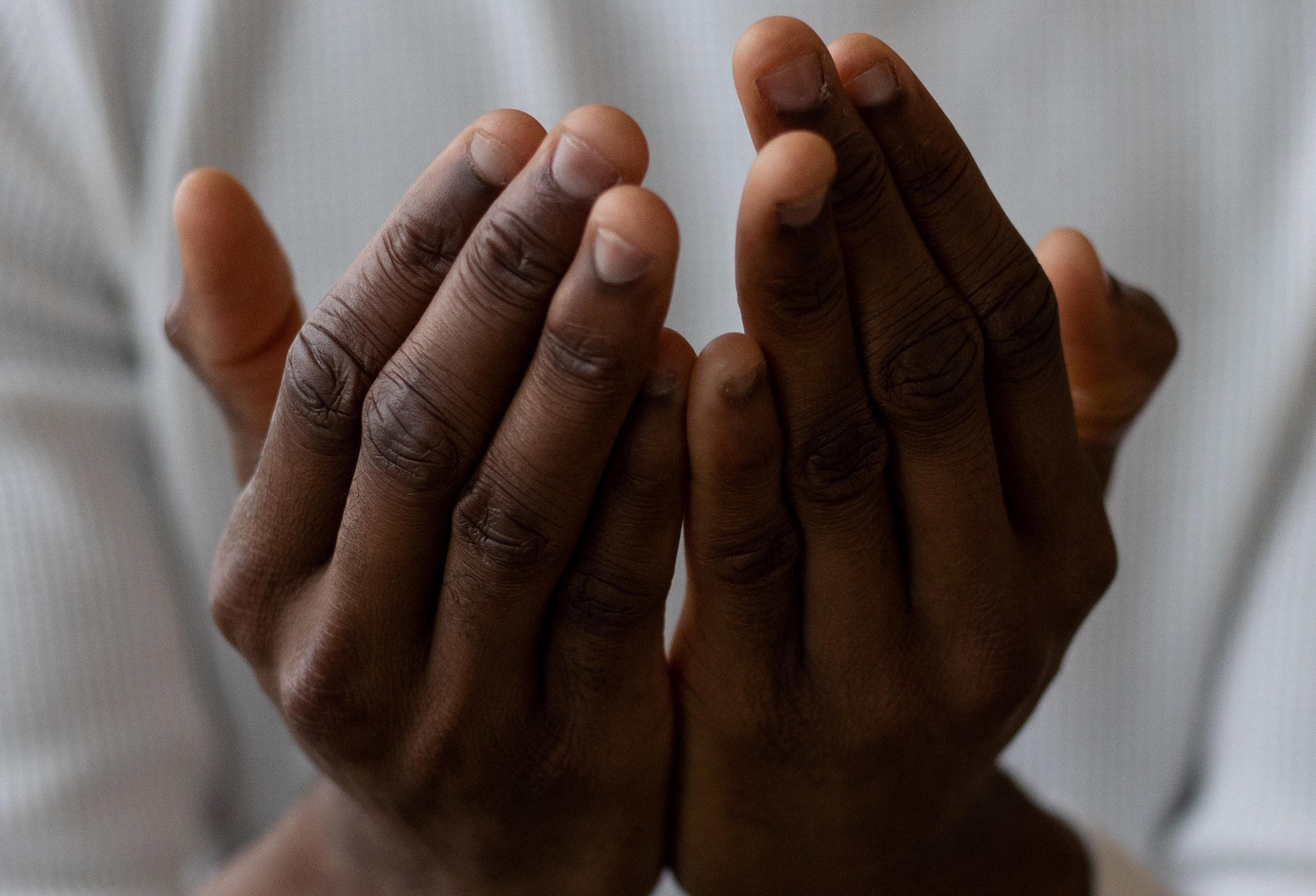10 Festive Occasions Celebrated Around the World
With Hari Raya coming up, we at GemSpot are feeling rather festive!
To get into the spirit of the Raya occasion, we decided to look up the meaning behind some popular festive occasions that are celebrated among the diverse cultures of Malaysia, as well as by other cultures in countries around the world.
Do you know the significance behind various cultural and religious celebrations? Read on to learn more!

Hari Raya Aidilfitri
Malaysians recognise Hari Raya Aidilfitri, which is celebrated at the end of the fasting month, as the main annual festivity for Muslims.
Aidilfitri is celebrated on the 1st of Syawal (a month in the Islamic calendar), the month after the fasting month of Ramadhan. It is believed that it was during Ramadhan that the scripture of the Quran was revealed to the Prophet Muhammad, making Ramadhan the holiest of months in the Muslim calendar.
Aidilfitri is the Malay word for the occasion that is internationally known as Eid-al-Fitr or simply Eid.
Chinese New Year
Perhaps the second biggest festive occasion in Malaysia, is Chinese New Year. Celebrated by all Chinese regardless of religion, and celebrated also by other races (such as Vietnamese) to mark the renewal of the lunar calendar.
Chinese New Year traditions include families gathering for reunion dinner, the setting off of firecrackers as a practice that is believed to ward off evil spirits, paying respects to ancestors, the exchanging of ang pau, and watching traditional lion and dragon dance troupes.
Deepavali
Also known as the festival of lights, Deepavali is not an Indian celebration, but instead a religious celebration for Hindus, Jains, Sikhs, and Buddhists.
The festival involves puja (prayers), feasting, and home decorating, and celebrates the spiritual victory of light over darkness, good over evil.
In Malaysia, we know the festival as Deepavali due to the fact that our Indian population is mostly of Tamil or south Indian heritage, whereas the term Diwali is used by those of north Indian heritage.
Christmas
While Christmas is a religious holiday for Christians around the world to celebrate the birth date of Jesus Christ, commercialization has made Christmas a more cultural or even generally celebrated holiday, coupling the occasion with New Year’s celebrations a week after.
While religious families still attend Christmas mass at church around Christmas time, other practices surrounding the holiday carry less religious significance such as the exchanging of gifts, and having Christmas eve dinner.
Hari Raya Haji
This occasion in the Muslim calendar goes by many names; Hari Raya Aidil Adha (or Eid-al-Adha internationally), Hari Raya Korban, or Hari Raya Haji.
The fest honours the religious tale recounting the willingness of the prophet Ibrahim to sacrifice his son as an act of obedience to God, before God showed mercy by providing the prophet with a lamb to kill in the place of his son.
It is for this reason that Muslims around the world ritually slaughter animals for this occasion, with some of the meat to be consumed by the family, while the rest is distributed to the poor and the needy. The term Hari Raya Korban (sometimes written as Qurban) is a translation for ‘Feast of the Sacrifice’ that the occasion also goes by.
The term Hari Raya Haji on the other hand is in reference to the time of the year that Muslims perform their pilgrimage to Mecca, also known as the ‘Hajj’. The pilgrimage performed at any other time of the year is simply known as Umrah.
Easter
The other big annual event for Christians is the celebration of Easter, which commemorates the resurrection of Jesus from the dead.
Like Christmas, Easter has become an annual occasion celebrated by Christians and non-Christians alike, largely due to commercialization. In Europe, as Easter occurs in Spring, the festival is also associated with the season and fertility, hence the symbolism with rabbits (the ‘Easter bunny’) and eggs.

Religious Christians may observe the various practices and days leading up to Easter including lent, Ash Wednesday, Palm Sunday, Good Friday and Holy Saturday. Other popular Easter practices include Easter egg hunts for children and the exchanging of Easter chocolates.
Thaipusam
A festival celebrated by South Indian and Sri Lankan Hindu communities, Thaipusam is observed in countries and communities with large Tamil populations such as India, Malaysia, Sri Lanka and Mauritius.
The festival celebrates the success of Lord Shiva, who upon request and by being prayed to by the other deities (or devas), was able to assume leadership of the celestial forces to defeat the Asuras (power-seeking beings in the Hindu religion).
During this festival, devotees parade towards their temple carrying kavadi (a ceremonial sacrifice), such as is seen in the colourful celebrations during Thaipusam at Batu Caves.
Harvest Festival
Harvest festivals are celebrated all over the world and practically in every culture. Though occurring at different times of the year, the festival aims to celebrate the gathering of the harvest, with typical practices including prayers, song and dance, and feasting.
Believed to be one of the oldest celebrations of the world dating back to pagan times, harvest festivals can be both religious and social events, and are essentially an occasion of thanksgiving, celebrated across cultures.
In Malaysia, Harvest Festival is still widely celebrated in East Malaysia, known as Kaamatan in Sabah, and Hari Gawai in Sarawak.

Mid-Autumn Festival
Originally a Chinese observance, the Mid-Autumn Festival is now celebrated across Asia including in multiple countries in Southeast Asia. You will find mid-autumn festivities in countries with a large Chinese population, such as Malaysia and Singapore, as well as in countries such as Vietnam where ancient ancestral lineage is traced back to China.
Though slightly different, a variant of the Chinese Mid-Autumn Festival is also observed on the same day in Japan and Korea, called Tsukimi and Chuseok respectively, where people also honour the autumn moon.
The moon-gazing significance of the festival is also why we have traditional mooncakes at this time of the year; while the presence of lanterns is believed to stem from how communities from long before kept their streets lit while staying up late to watch the full moon.
As a lunar calendar observance, the Mid-Autumn Festival doesn’t necessarily fall on the same date every year. This year, the occasion falls on 10th September in Malaysia.
Valentine’s Day
While Valentine’s is now seen as a day for lovers, the occasion does have religious roots.
Some believe that Valentine’s began as Lupercalia, a pagan festival celebrating fertility so ancient its origins pre-date even Roman civilization. However, it is more likely that the day commemorates a feast established by the Pope in 496 A.D., celebrating the life of Saint Valentine (of Rome) who had died on the 14th of February.
Today, Valentine’s is seen as a day for lovers, for romantic gestures between couples, and an occasion to renew your declaration of love and commitment.
The all-new GemSpot app will be relaunching soon! In the meantime, check out our Party Planning services, or use our Party Planning features to order food delivery!
